2021 Maruti Suzuki Celerio Review: First Drive
Gone are the days when the humble entry-level hatchback was ‘the’ vehicle of choice, but products like the Celerio are still an integral part of our motoring ecosystem. So, is the new Celerio still relevant in this fast-changing reality?
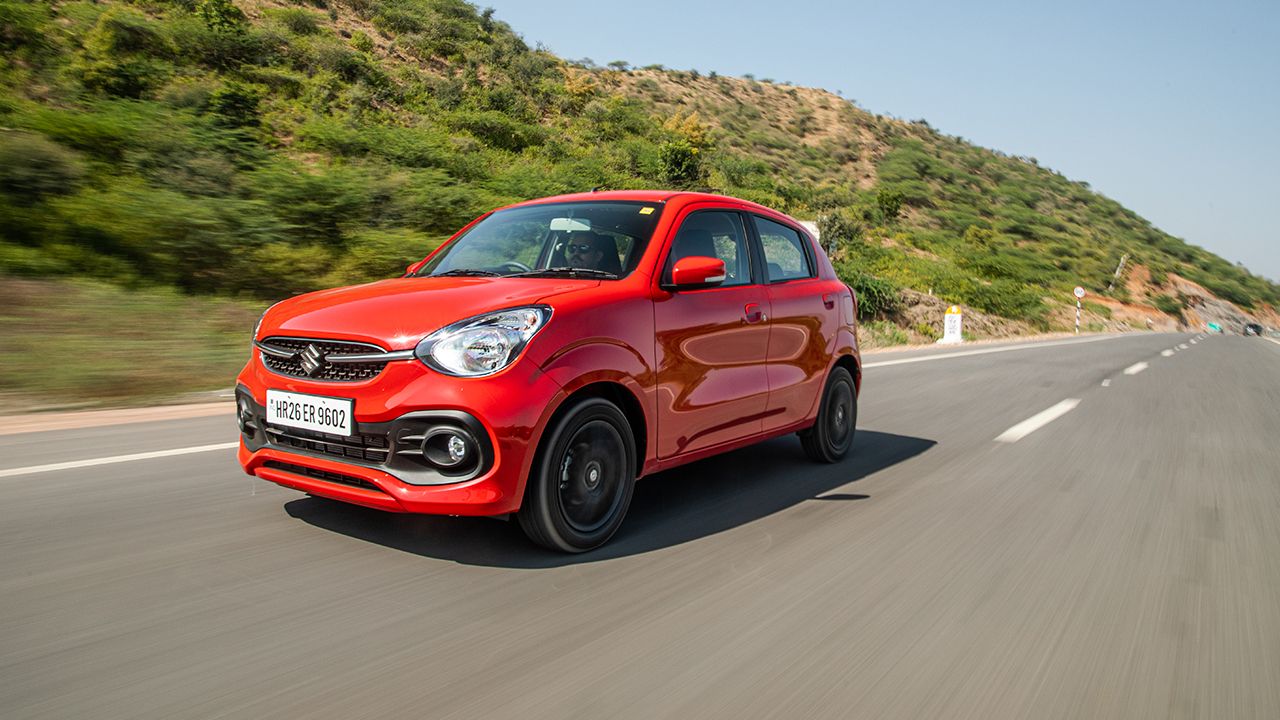
Gone are the days when the humble entry-level hatchback was ‘the’ vehicle of choice, but products like the Celerio are still an integral part of our motoring ecosystem. So, is the new Celerio still relevant in this fast-changing reality?
A quick survey of the type of vehicle that customers prefer in India’s urban centres today would tell you the SUV is the vehicle of choice for most people. Sure, there are enough sedan and hatchback sales too, but the fact of the matter is, Indian customers are increasingly moving away from the once de-rigueur entry-level hatchbacks and towards bigger, more sophisticated vehicles, owing to the rise in our collective purchasing power.
So, where do all these changes leave a hatchback like the Celerio? Does the humble entry-level hatchback still deserve the pride of place in a rapidly evolving Indian market? More importantly, is its selling price justified?
Ground Reality
There is hardly any doubt that our views about vehicles can be influenced and qualified by the place where we are located – it’s natural for more valuable vehicles to do well first in urban centres and then in other areas. Now, in spite of the all recent changes in the Indian market, hatchbacks, interestingly, still command almost half the market share – 47% to be precise. Keeping that in mind, it wouldn’t be unreasonable to suggest that the new Celerio is still immensely relevant in the Indian market, for it is the car of choice for thousands of customers, even if most of them are not located in urban centres.
A Complete Redesign
Now, a torrent of opinions followed the debut of the last Celerio, most of which were about its design. And I think something similar or even bigger is happening with the latest-gen Celerio. While there seems to be a lot of extreme reaction in general, I don’t think there is anything wrong with how the Celerio looks – I think it’s quite a decent design. In fact, I’d say that it looks like a junior Baleno, owing to the design of its headlights and taillights and the puffed doors. Pair them with a reasonably sized grille, wheels at each corner, and limited use of chrome, along with the 15-inch wheels (the top-spec variant – the one we tested), and what you get is a car that looks quite decent. Sure, the pull-up door handles feel cheap, and, worse, the keyless entry-exit buttons look like a hideous afterthought, but I don’t think that either of them is a deal-breaker.

The interior, too, has some typical Maruti Suzuki traits. For example, it is extremely spacious for a car under 3.7 metres in length. The front seats are quite comfortable, and the rear seats, with their excellent headroom, can easily fit in individuals over six feet tall. This means that four full-size adults can travel without any discomfort, which is terrific, given the size of the car. Plus, the all-black interior is decently laid out and offers a set of features never seen in a hatchback like the Celerio. You get an engine start-stop system, electrically folding and adjustable mirrors, tilt steering, a 7.0-inch touchscreen multimedia system, with Apple CarPlay and Android Auto, and much more. And Maruti Suzuki claims that with its dual airbags, the Celerio also meets all Indian crash-test regulations.
New Platform
The Celerio is now based on Suzuki’s HEARTECT platform, which means that the base chassis of the car is inherently stiff, thanks to the use of high tensile steel. The real highlight of the Celerio, though, is its 1.0-litre K-Series engine, which, according to Maruti Suzuki, makes the Celerio the most fuel-efficient car in India, with a claimed fuel efficiency of 26.68km/l. I’ll come to the efficiency later, but first, let’s talk about its performance.
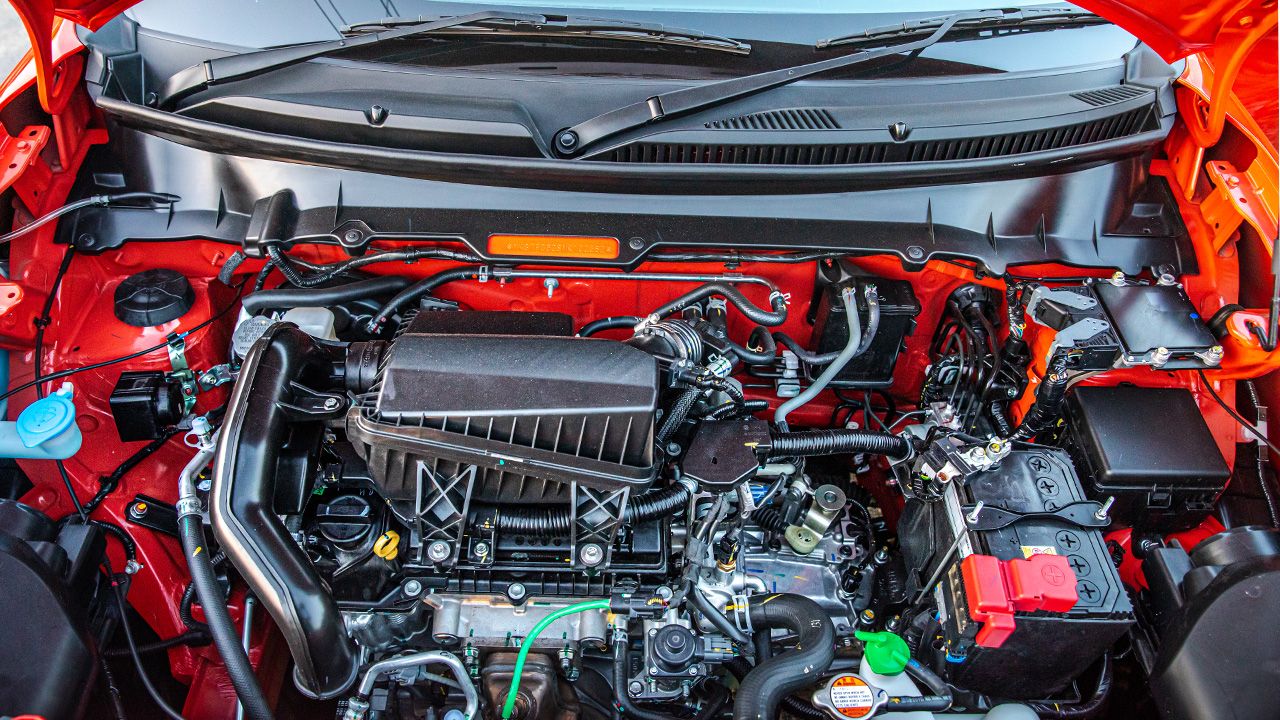
Given the lightweight nature of the platform, the 66bhp and 89Nm from the engine are more than enough for the Celerio’s performance stats. Sure, it won’t set a drag strip on fire, but considering that a healthy amount of torque arrives at 3,500rpm, the drivability of the Celerio is really good. In fact, during our test, we could easily maintain three-digit speeds on the highways around Udaipur, with three people and photography equipment onboard.
Now, about the efficiency of the car, well, let me just say that I was pleasantly surprised to see that despite my aggressive driving style, the car indicated a fuel efficiency of around 19 –20km/l during our drive.
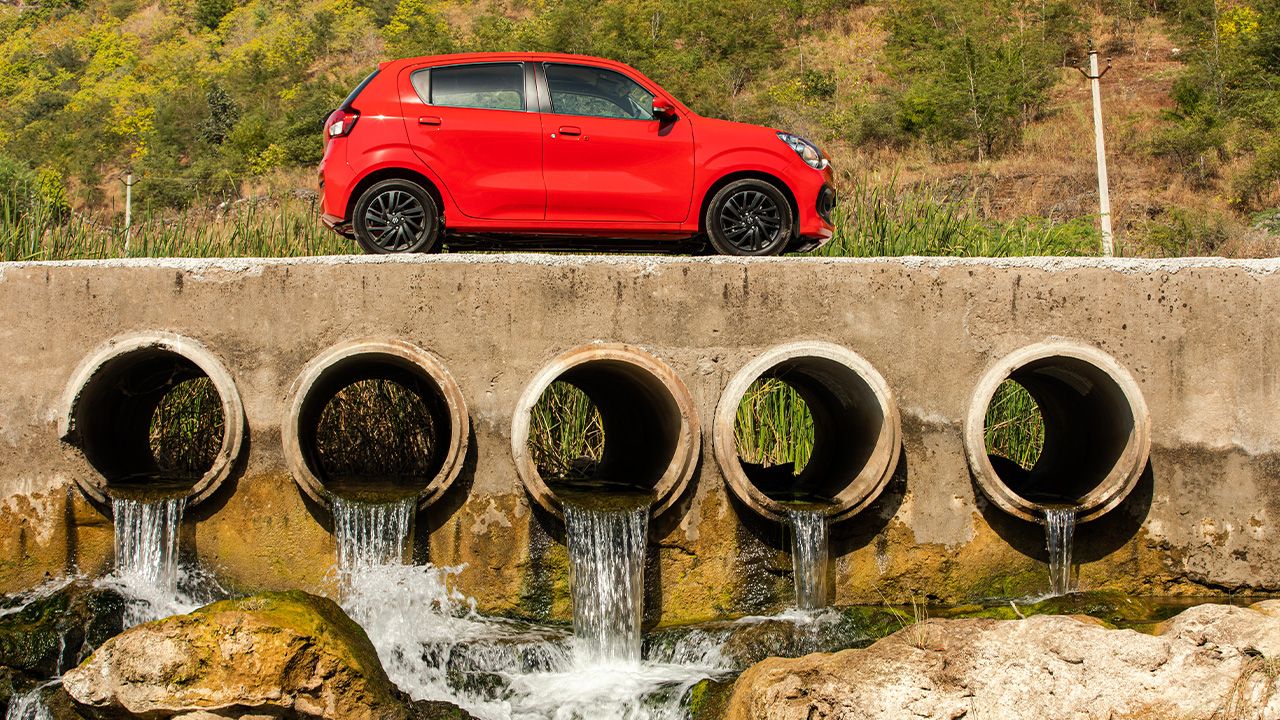
Similarly, when driving in the urban areas too, the easy access to power and torque means that progressing is easy – you can drive the Celerio around town without stressing the engine. The Celerio comes with a 5-speed manual and an AMT. And while the manual is decent – I think it could be slightly better in terms of shift feel – the AMT, although not perfect, is perhaps the best AMT I’ve sampled from the Maruti Suzuki stable. As long as you lightly lift your right foot, it provides excellent upshifts. Overall, the ride quality and high-speed stability are also something that I didn’t have any issues with. Overall, the Celerio performed well enough, given its size and the segment it competes in.
Now, there are two things that I think could have been better – the interior ergonomics and the way it handles sharp bumps and potholes. First, while Maruti Suzuki has done a great job in equipping the Celerio with a myriad of features, considering the segment it competes in, some of them are not really easy to reach – the location of the window switches and the central locking, for instance, is a complete disaster. Sure, not mounting them on the door makes more room for passengers and adds to the spaciousness of the cabin. However, their current location is an ergonomic nightmare – I tried consciously for a day to re-learn where the controls are mounted, just under the multimedia screen in the middle of the dash, but in vain.
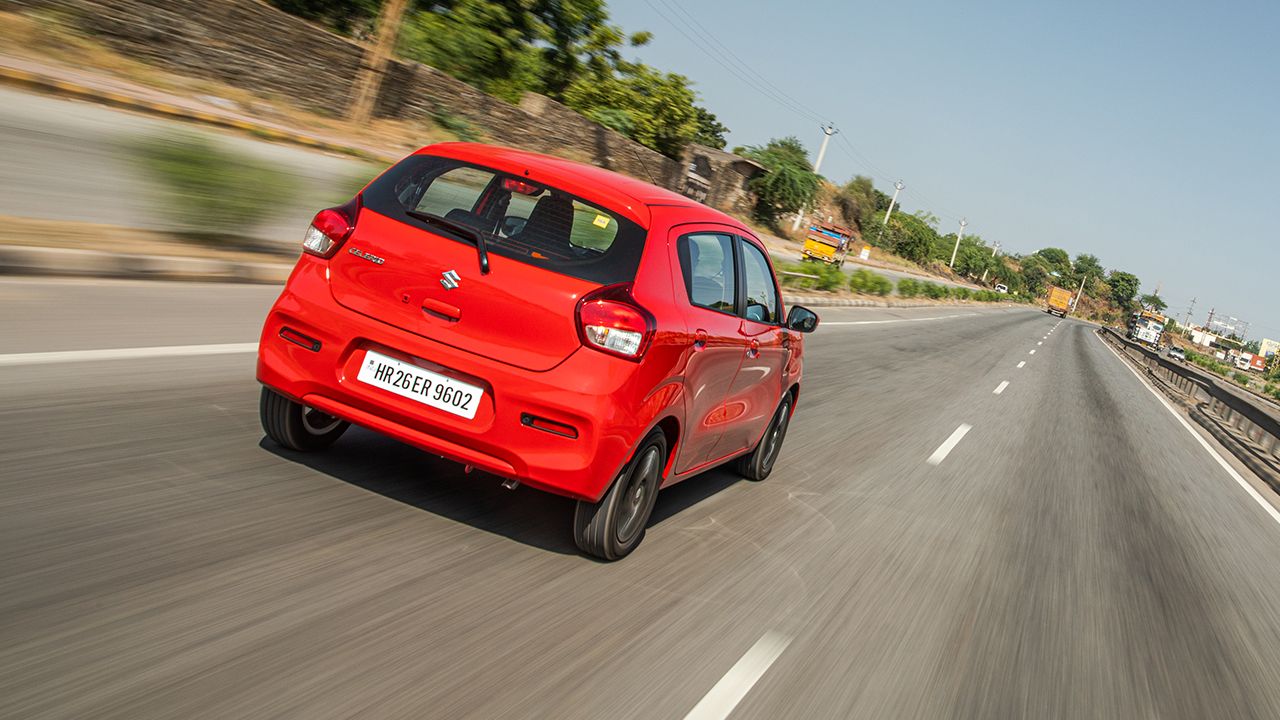 While the overall ride quality is quite acceptable, the way its suspension deals with sharp bumps & potholes at medium speeds leaves much to be desired.
While the overall ride quality is quite acceptable, the way its suspension deals with sharp bumps & potholes at medium speeds leaves much to be desired.
Now, while the overall ride quality of the Celerio is quite acceptable, the way its suspension deals with sharp bumps and potholes at medium speeds leaves much to be desired. In fact, the intensity of such impacts is enough to easily unnerve occupants inside the car – in short, it’s something that definitely needs to be improved.
A New Reality
Much has been said about the pricing of the new Celerio – between ₹4.99 - 6.94 lakh (ex-showroom) – and how expensive entry-level hatchbacks have become. But I believe that it’s a flawed argument. If you think that you can have a car in 2021 at a 15-year old price, well, you really need to rethink it.
The fact of the matter is that input costs are rising every day and have been for a while now. And more importantly, the regulatory requirements that a car needs to pass have progressed phenomenally in the past few years and every improvement – whether in terms of safety or emissions – costs money.
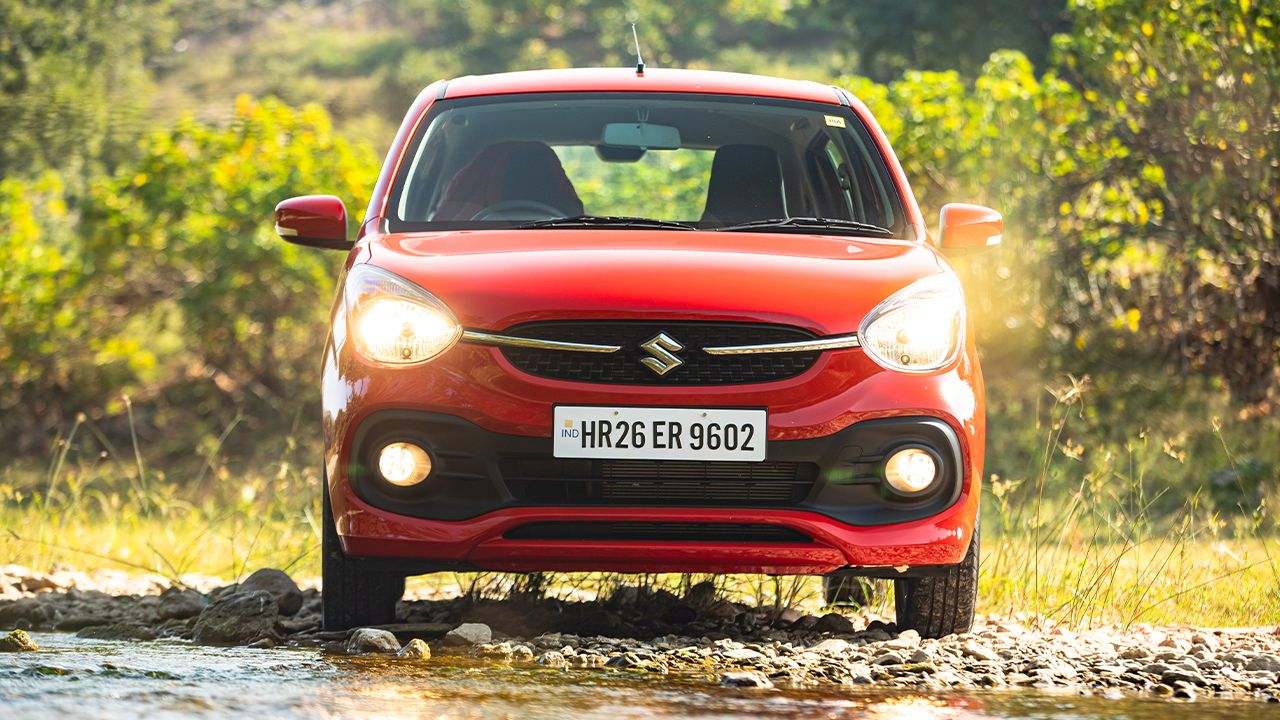
In fact, let me put it this way – the current Celerio is BS6 compliant and has more features than ever before – touchscreen multimedia, start-stop, 15-inch alloys, dual airbags, and more. And these alone justify its price premium. Now, taking all that into account, I’d say that if you’re in the market hunting for a small hatchback, you simply can’t ignore the highly competitive package of the new Celerio.
Read more:
Maruti Suzuki Celerio vs Hyundai Santro: Spec Comparison
2021 Maruti Suzuki Celerio launched at Rs 4.99 lakh
Hyundai Santro AMT vs Maruti Suzuki Celerio AMT | Comparison | autoX
Engine: 998cc/ 3-Cylinder
Fuel: Petrol
Transmission:5-Speed MT/AMT; Front-Wheel Drive
Power: 66bhp @ 6,000rpm
Torque: 89Nm @ 3,500rpm
Price: ₹4.99 – 6.94 Lakh (Ex-Showroom)
X-Factor: If you’re looking for a reliable & spacious entry-level hatchback, the Celerio remains a good bet.
|
Pros |
Cons
|
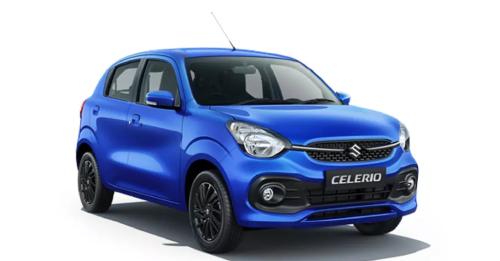
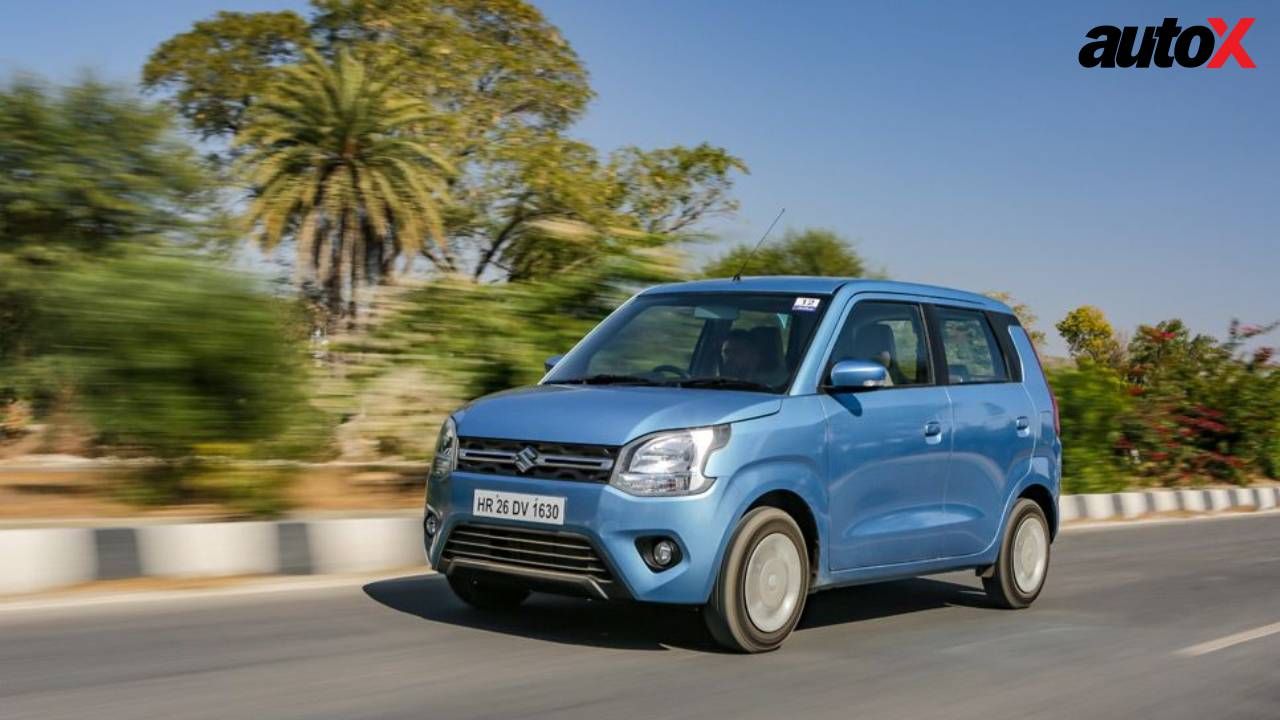

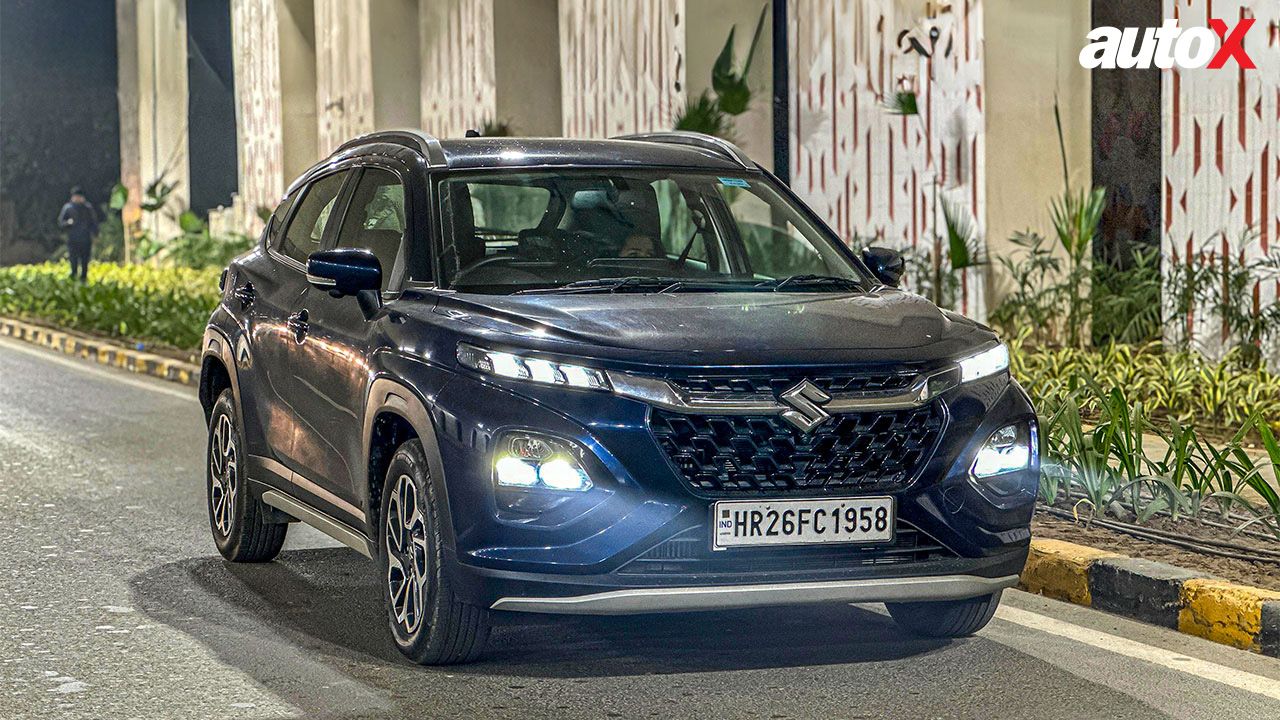

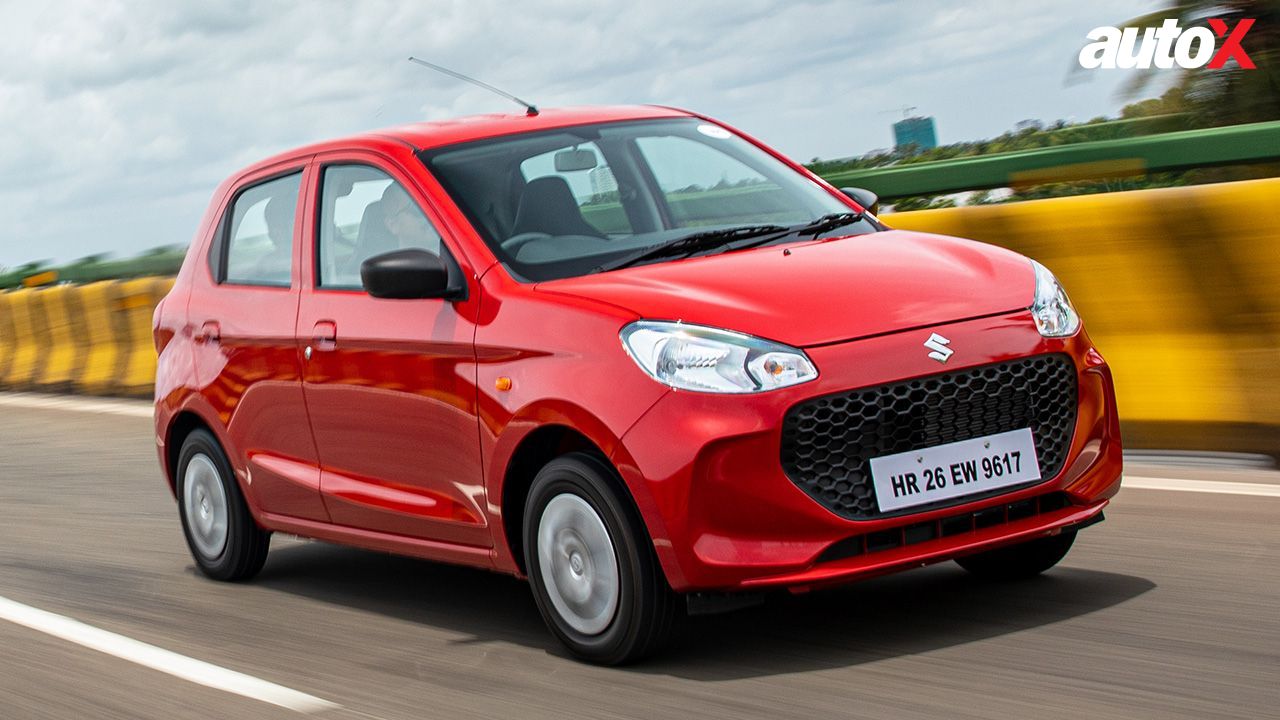


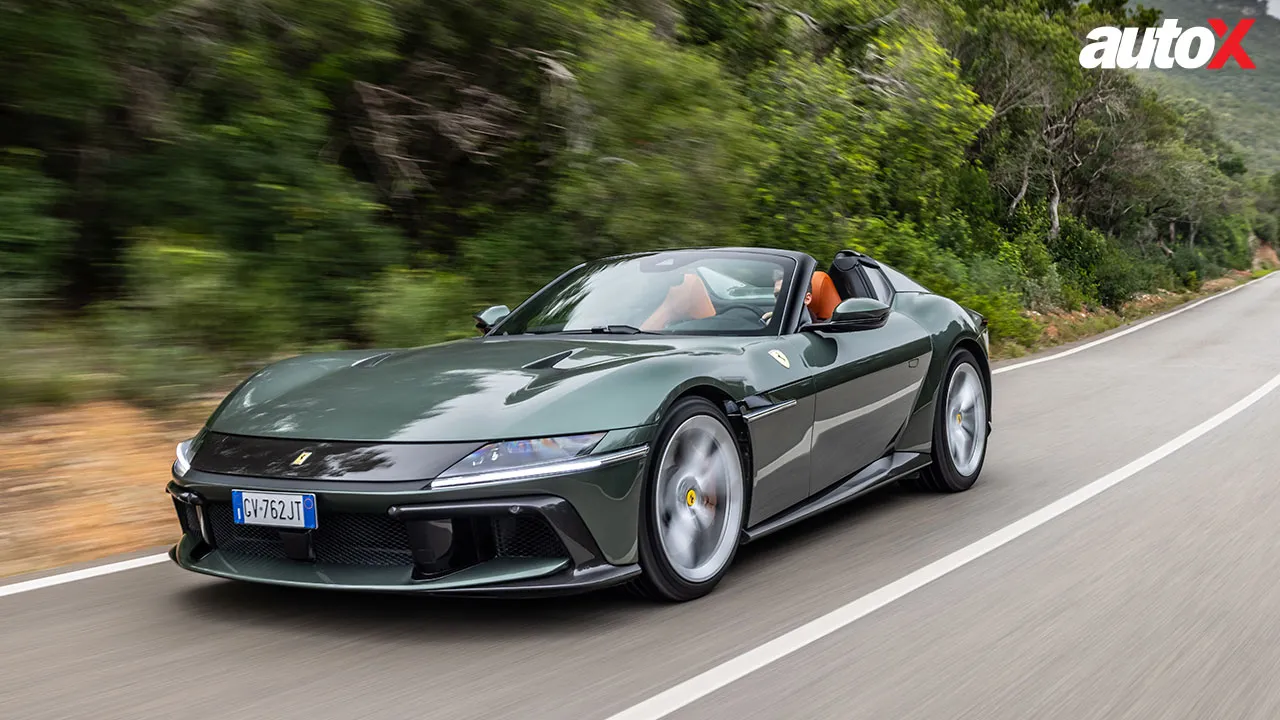
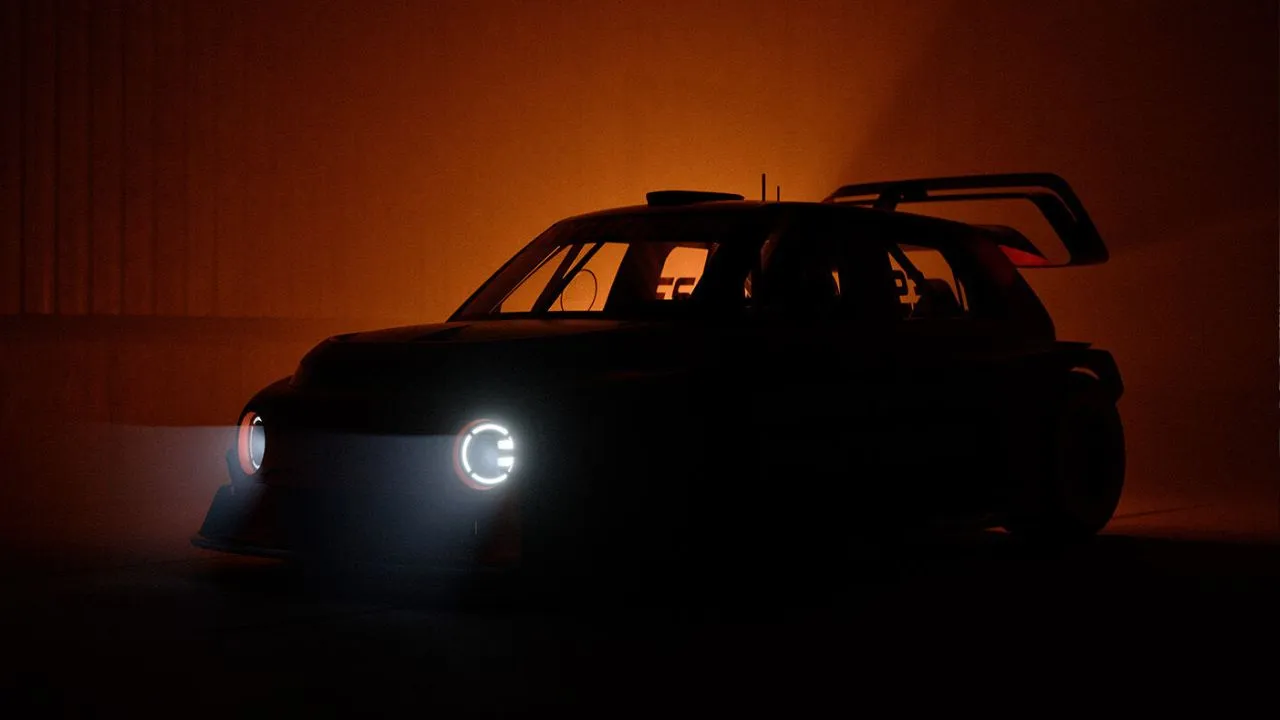
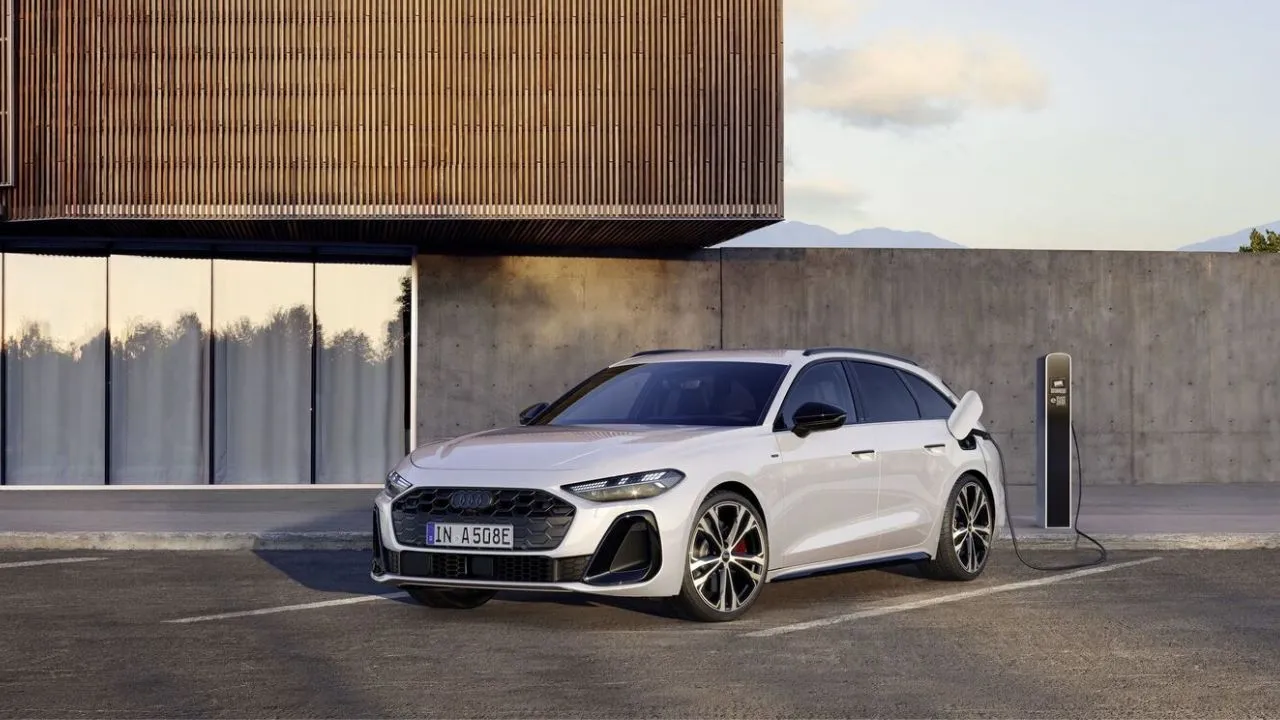














Write your Comment on